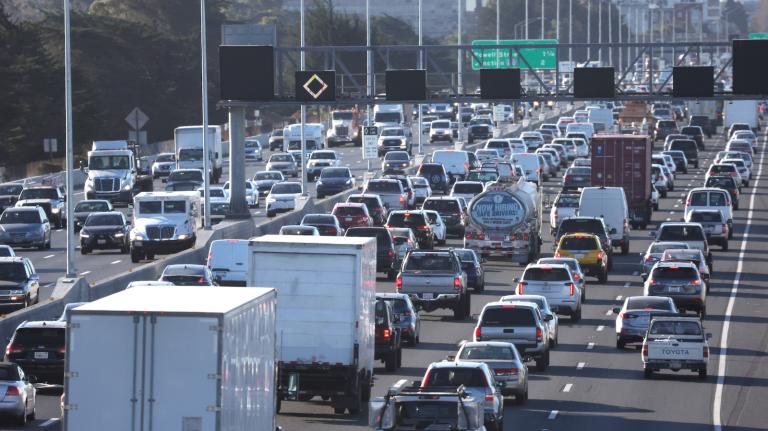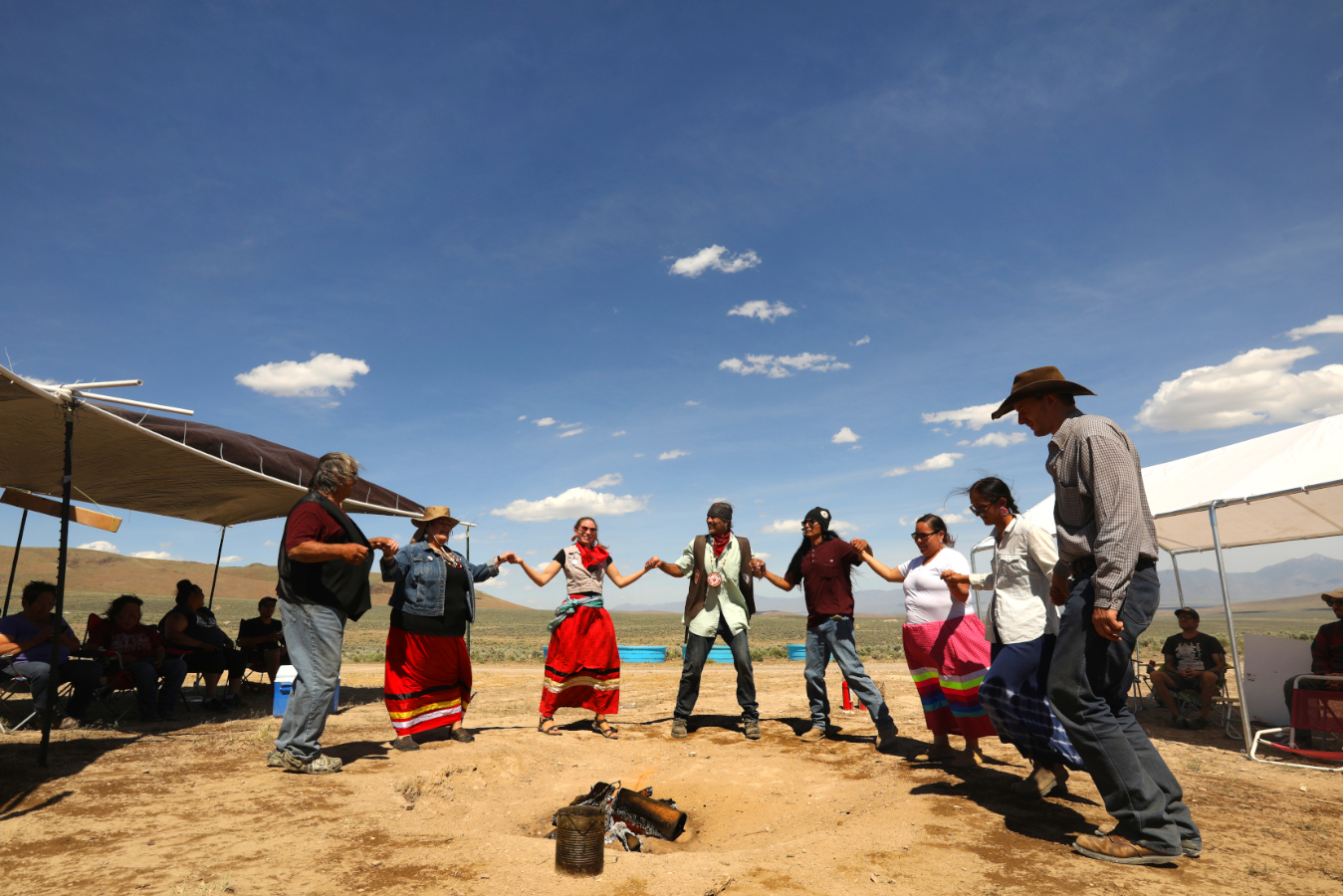The number of Native American households without indoor plumbing in Nevada is higher than the national average and increasing. The number of Safe Drinking Water Act violations—including bacteria and inorganic compounds found in drinking water—has also increased in facilities serving those communities. The number of Indigenous people affected by a lack of access to plumbing, hot water, a shower, or a toilet is also on the rise. That’s according to a new study that looked at water security in Native communities across Nevada.
Using data from the Environmental Protection Agency, researchers looked at both the current state, and trends, of water security for Native communities in Nevada. The findings support years of research on water inequality in Native communities across the country. The study, “Water security in Native American communities of Nevada,” was published by the Desert Research Institute (DRI) and the Guinn Center for Policy Priorities. “Water accessibility, reliability, and quality are major challenges for Native American communities in Nevada and throughout the Southwest,” said coauthor Maureen McCarthy, director of the Native Climate project at the Desert Research Institute.
There are twenty federally recognized tribes in Nevada, most of which live in rural areas. Rural tribal communities face a host of challenges to water access, including water scarcity, lack of infrastructure like piping and irrigation systems, and funding.
Tribes have a right to both water and infrastructure support from the federal government, but have been denied full access to both for decades. Tribal governments and natural resource departments struggle to secure funding to implement infrastructure projects or take legal action to claim water rights. The federal government also has a history of ignoring its own policies that give tribal water rights precedence, leaving thousands of people without adequate access to water. “Despite recent gains, continued efforts are needed to restore trust, build collaboration, and ensure the sustainable development of Native American communities in Nevada and elsewhere” the study reads.
These disparities come as western states face a historic drought and fierce competition for limited water resources. With the federal government’s announcement of new cuts to water from the Colorado River, tribes, states, and communities in the area are figuring out how to handle the new water reality. Although most tribes in Nevada do not directly receive Colorado River water, the scramble to conserve water along the Colorado River offers insight into the challenges facing tribal access in the area.
Water security issues—which are experienced by both urban and rural communities—can be connected to many other health and quality of life problems, such as overcrowding and disease. “Previous studies have found that Native American households are more likely to lack complete indoor plumbing than other households in the U.S., and our results show a similar trend here in Nevada,” said lead author Erick Bandala, assistant research professor of environmental science at DRI. “This can create quality of life problems, for example, during the COVID-19 pandemic, when lack of indoor plumbing could have prevented basic health measures like hand-washing.”
The study’s findings fit into a pattern that can be found across the country in communities of color, where neglect, racist policies, and lack of funding have led to water crises. Recently, Jackson, Mississippi’s long standing water crisis reached a breaking point, with the state and city declaring a state of emergency.




